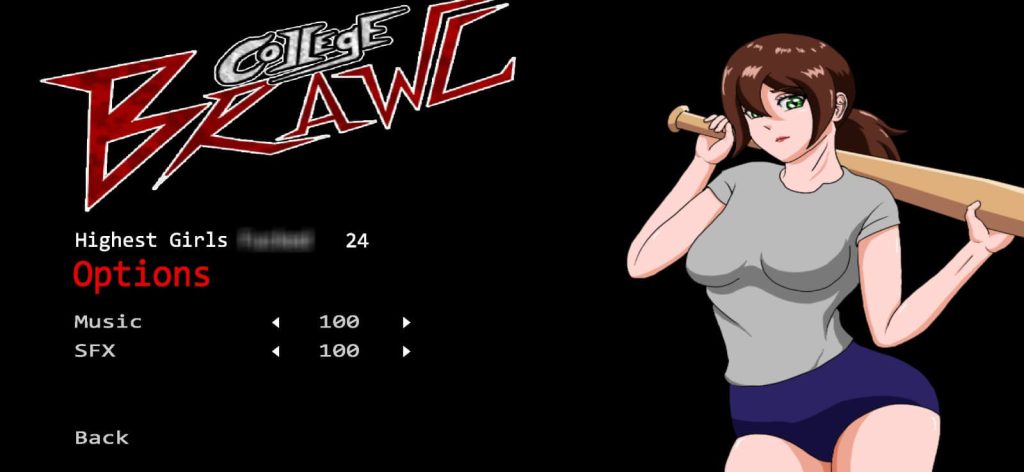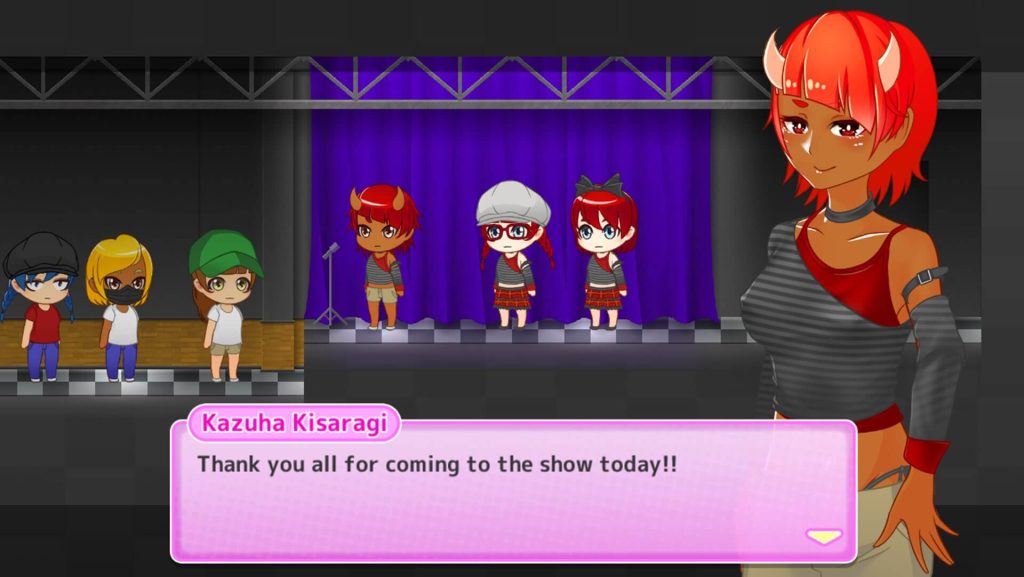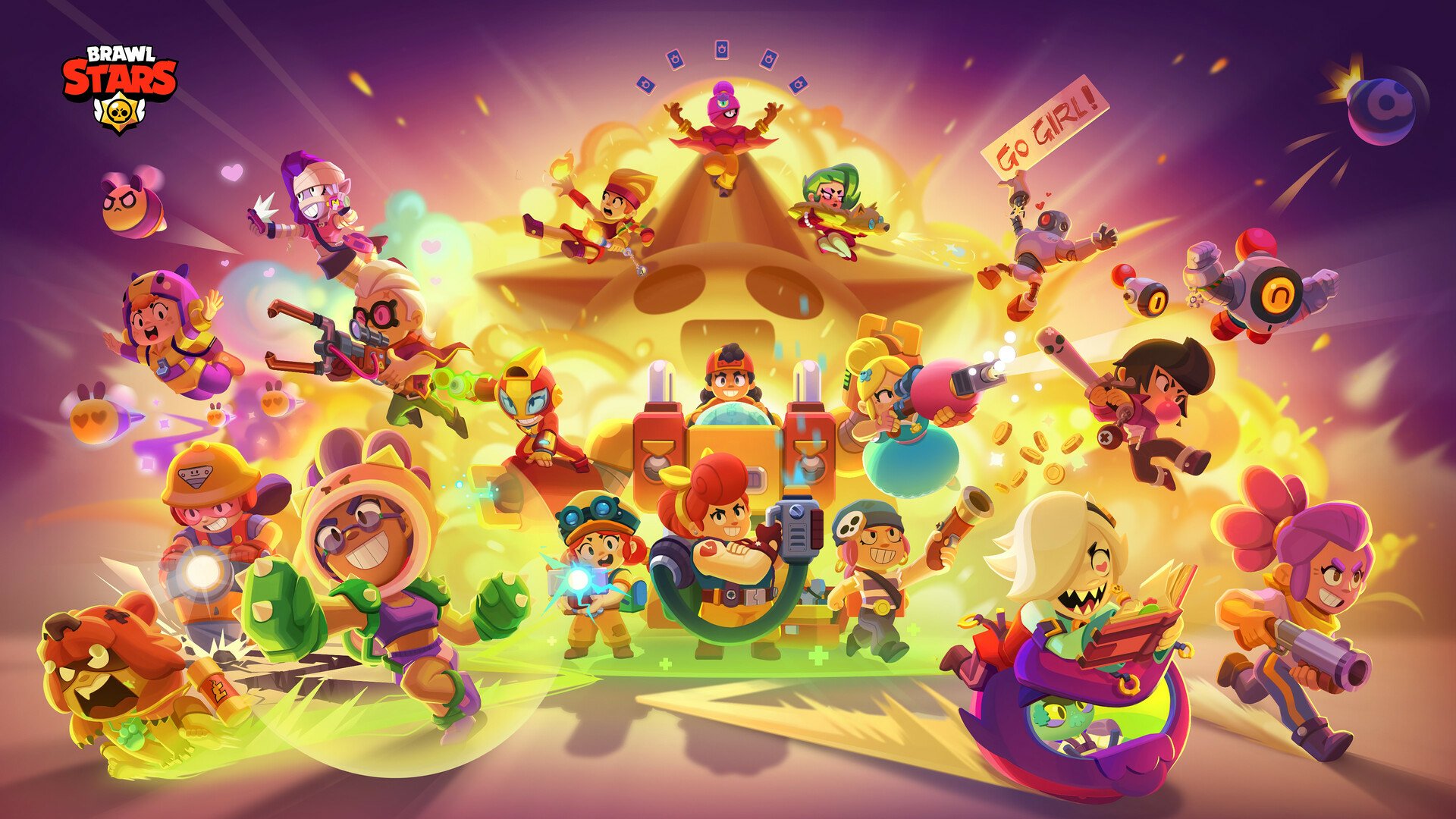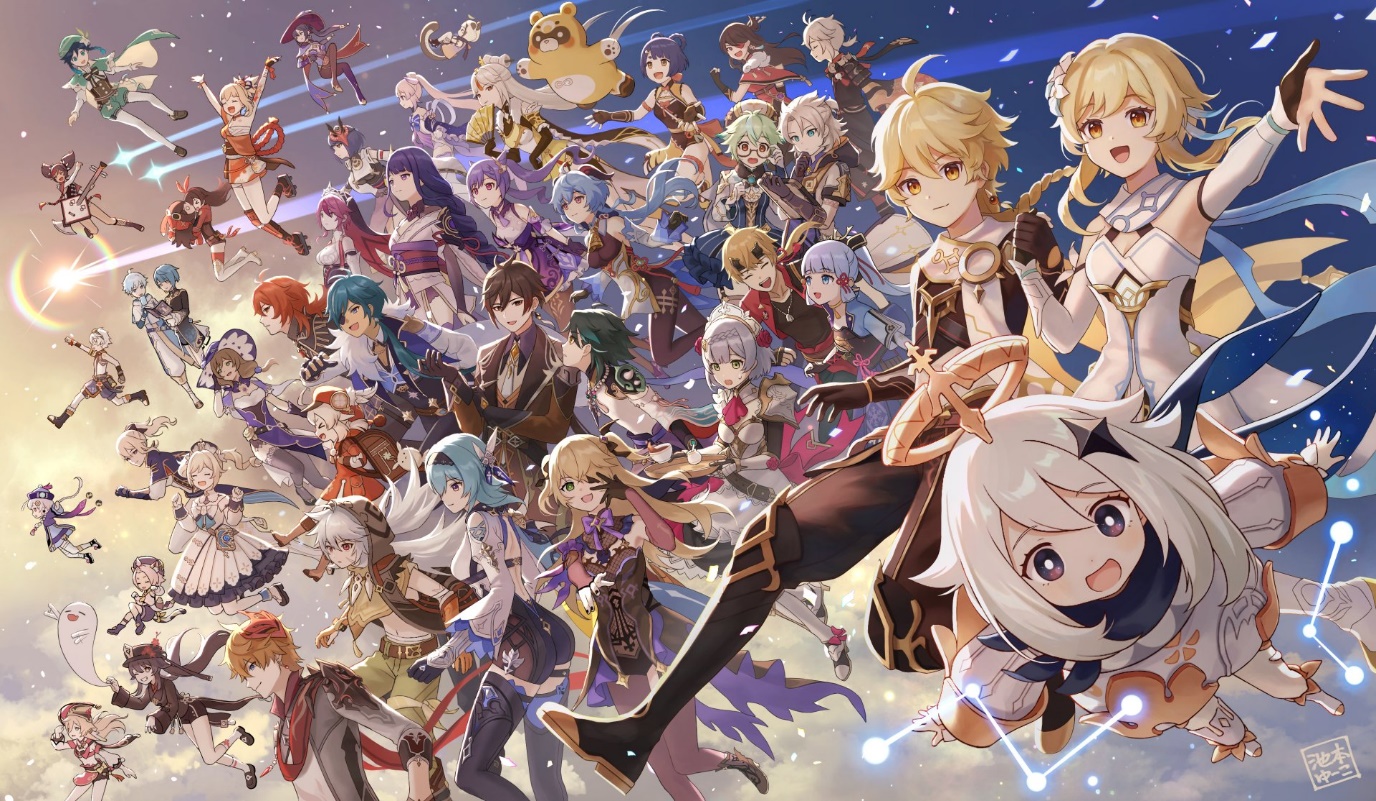TikTok has recently seen an influx of graphic adult-themed games being live streamed, raising concerns over inappropriate exposure among young viewers. The first controversial title was “College Brawl,” a fighting game featuring sexually suggestive female characters and gameplay. More recently, another game called “Two Horns” has also gained traction and gone viral across TikTok.

Two Horns is adventure RPG made by developer Pink Café Art which sports anime-inspired 2D graphics. As players journey through the fictional town of Oniga, they collect items and improve their protagonist’s abilities over time. While on the surface Two Horns’ storyline itself seems fairly innocuous, further gameplay reveals explicit adult-oriented content unlocked through player progression. Restricted imagery and themes cater towards mature audiences.

Problematically, both College Brawl and the 18+ rated Two Horns game have amassed major viewership on TikTok’s live streaming platform, garnering hundreds of thousands of views despite their graphic nature. Critics argue this creates an unsafe environment where underage users can easily access inappropriate content. Unlike official app stores, the third-party nature of downloading these games also poses security risks to those who obtain copies. Still, enthusiastic streamers continue to broadcast uncensored gameplay to their followers.
Calls for Better Moderation of Live Content
Children’s health advocates have called for TikTok to implement greater protections to limit exposure of disturbing content to young viewers. They argue the overtly sexualized gameplay and themes normalize unhealthy attitudes and create distorted expectations, especially for adolescents. While TikTok does rely on community reporting and automatic filters to flag inappropriate posts, critics say more diligent oversight measures are needed specifically for live stream monitoring and age verification checks.
Some have proposed that streamers should be required to classify any mature broadcasts so warnings appear, restricting participation for younger viewers. Others believe TikTok needs better algorithms and screening processes before making inappropriate gaming content visible, particularly on its main “For You” feed where such live streams have surfaced. The viral spread of these graphic games has fueled debate about effective systems to shield minors while maintaining creative freedom.
Looking Ahead at Safety Standards
The recent gaming phenomenon has placed scrutiny on TikTok and its response will likely influence content moderation moving forward. While adults can make their own choices regarding media preferences, many user advocates stress implementing policies that foster an inclusive, safe viewing environment for impressionable demographics. Parents also want assurances their children won’t stumble upon or deceptively access adult content on platforms thought to be “kid friendly.”
TikTok asserts it has taken steps to suspend bad actors and penalize those who continually upload mature imagery under wrong classifications. However, the company has also been accused of remaining reactionary rather than proactive concerning live video oversight. As viral games like College Brawl and Two Horns highlight questionable existing standards, the platform’s ability to shield juveniles may depend most on detecting policy holes and being willing to remedy them even at the expense of traffic and revenue. Stronger measures seem necessary to restrict access and maintain a secure, age-appropriate community for more vulnerable user groups.



